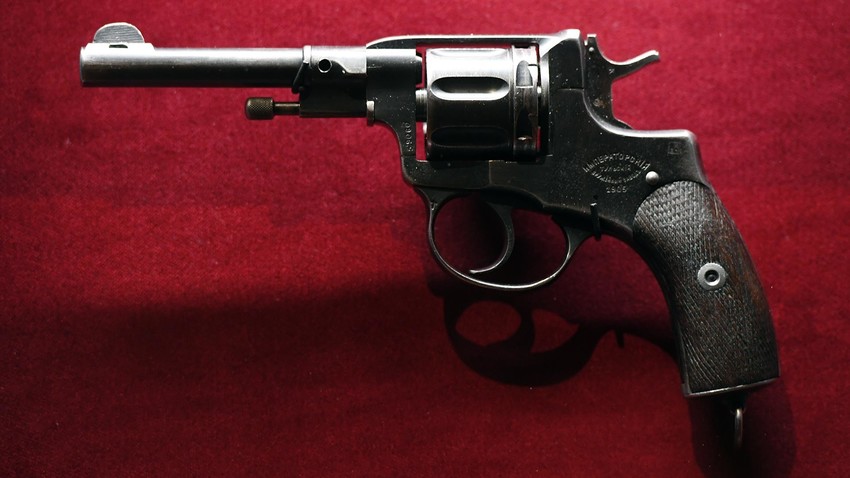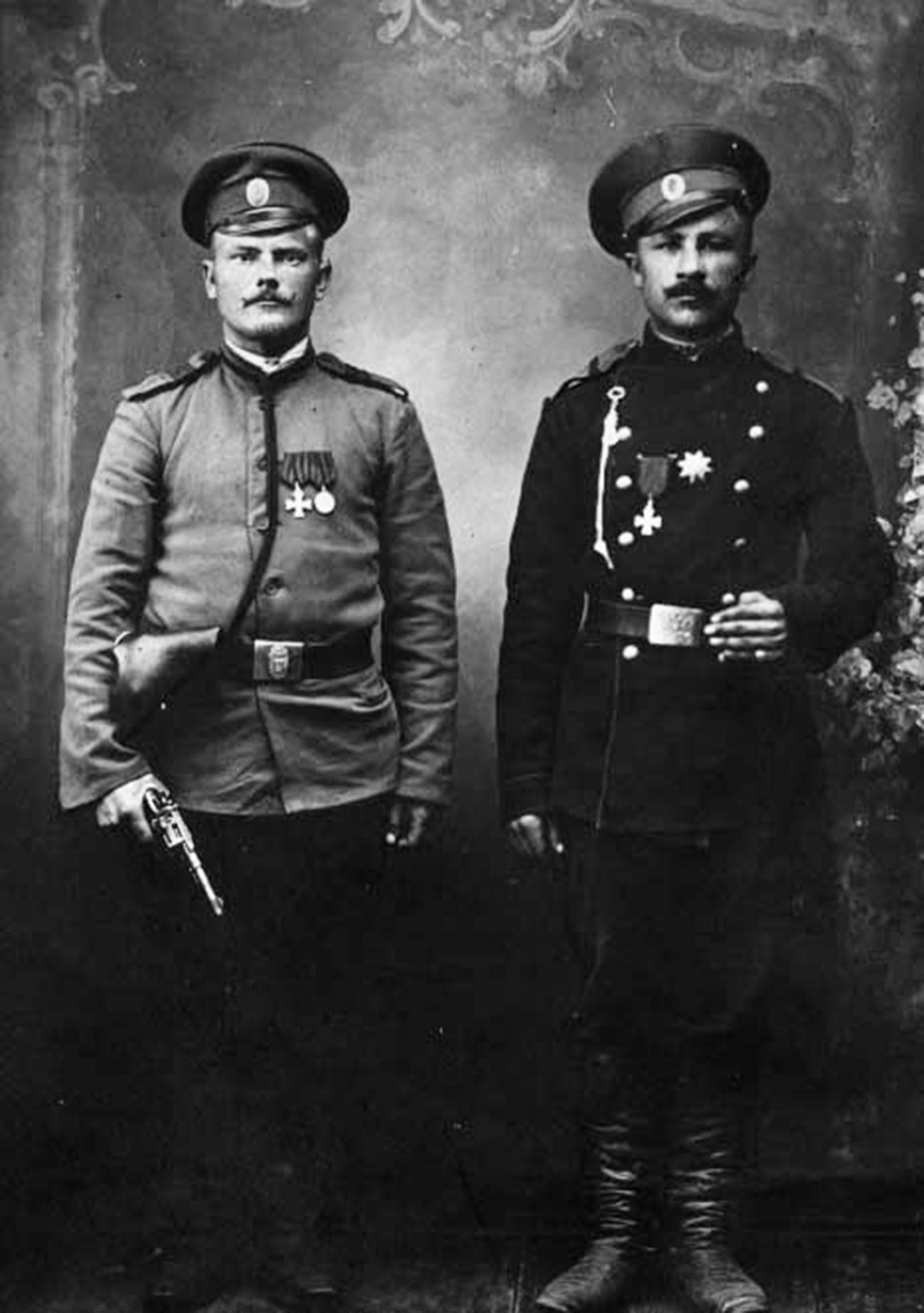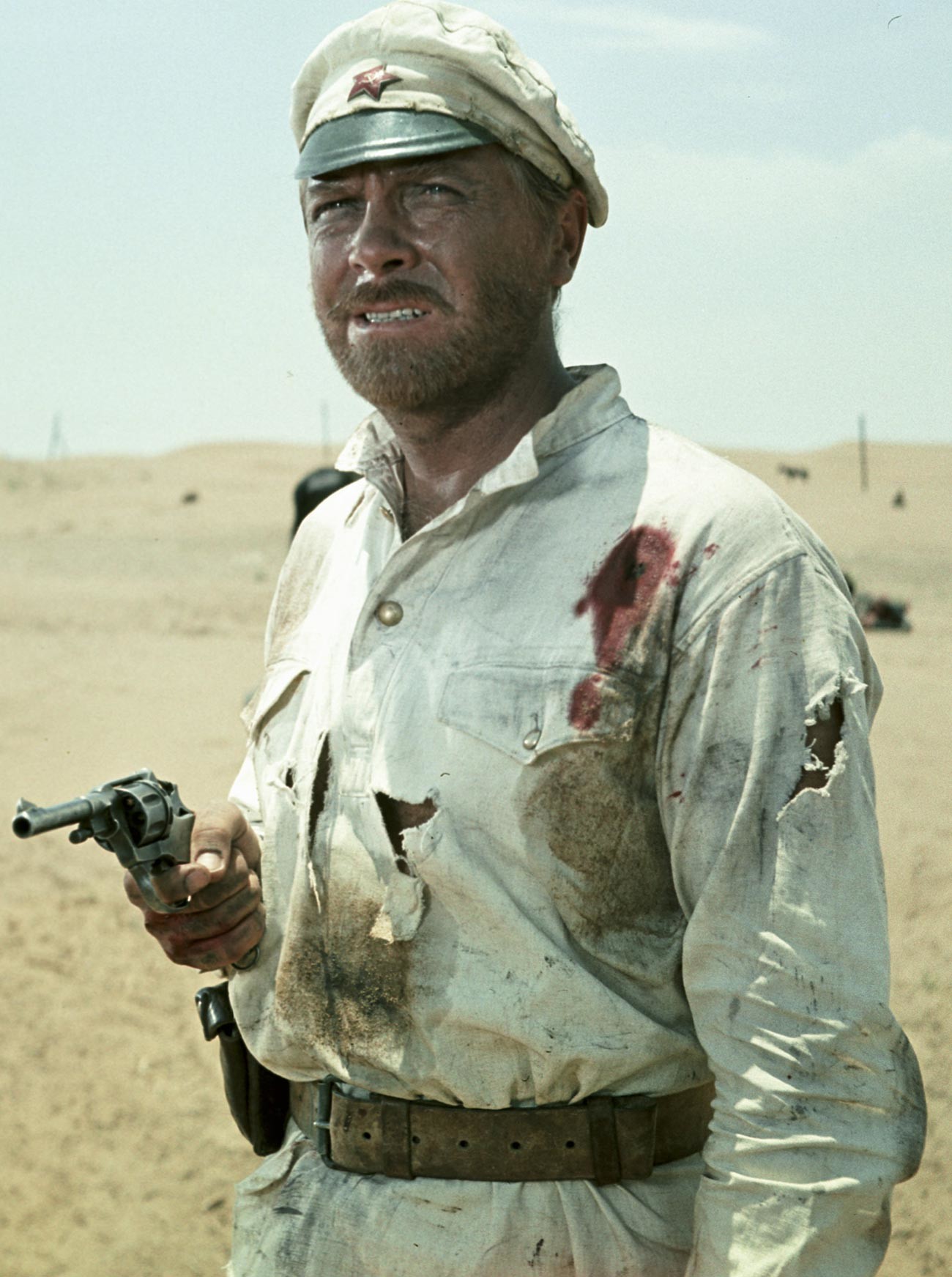
At the beginning of 1917's revolution there were nearly one million Nagant revolvers in hands of the Russian soldiers and officers. This weapon literally turned into the symbol of that era and became an integral part of every movie portraying events of that time.
But how did a Belgian revolver become a mass-army weapon in Russia?
'In that era, the most reliable and functional weapons were revolvers. This led to their choice as the main side-arms for our soldiers and officers’, told Russia Beyond Igor Korotchenko, editor-in-chief of ‘National Defense’ magazine.
The requirements for a new army revolver back in the end of the XIX’s century were strict. The new gun needed to have high penetration capabilities, it had to be accurate and be chambered the same bullet and have the same barrel rifling with the recently adopted Mosin three-line rifle.
'The short barrelled gun was also supposed to be light, simple, reliable and easily produced at factories. It was also supposed to shoot down a horse at a distance of up to 50 paces’ told the expert.
The new gun also had a specific requirement that nowadays sounds weird - the weapon shouldn’t have a semi-automatic firing mechanism. The expert explained this feature this way.
'Another very important factor at the time was the consumption of ammunition. It was necessary to have a weapon, with which a soldier would not run out of ammunition in five minutes, because the supply of ammunition and weapons to the front took many weeks’ Korotchenko suggests.
According to him, the top generals of the Imperial army were very much afraid of the large «consumption of ammunition». To put it simply, the military command wanted a pistol that soldiers would cock again and again prior to shooting. The necessity to cock a revolver demanded careful treatment of a gun from a shooter. This way a person would shoot more accurately and save more ammo which was really hard to bring to the front in that historical period of time.

As Korotchenko suggests, there were no developments of short-barrelled weapons in Russia at the end of the 19th century. Therefore the military command had to look for side-arms abroad.
There were two obvious candidates on becoming Russia’s main pistol for upcoming decades - two Belgian pistols from Leon Nagant and Henry Pieper.
Nagant’s weapon won the contest for a couple of reasons.
First of all, he was well known at the Russian War Ministry.
Secondly, his revolver wasn’t a rapid-firing weapon as the Pieper’s one and way more reliable than the weapon created by his opponent.
And thirdly, the Nagant had a fairly simple and reliable design. It could easily be adapted for production at factories in Imperial Russia. This is also an important factor.
The Russian army adopted two versions of the Nagant revolver - for the officers and for regular soldiers. The first one was the semi-auto one and the second one had to be cocked before every shot.
The Nagant revolver had many advantages and was a pretty good weapon for his era. It had no delays and was always ready to fire. In case of a misfire a soldier could easily turn the drum and make another shot.
But main advantages of the gun were its accuracy, comfortable grip and reliability as it was operational after the fall into mud or sand.
It was especially handy during the hand-to-hand encounters, when the enemy could appear from any side.
Serious disadvantages of the revolver were slow reloading and significant brush force when firing with self-locking
The expert also suggests when elaborating pros and cons of weapons from other centuries it is necessary to take into the consideration the historical epoch and people's ideas of that time about what they need for the power structures.

'Decisions that seem paradoxical and strange to us today, such as cocking a revolver before firing each shot, seemed necessary for the army 150 years ago. All arms purchases are reflections of a cross-section of the era. Perhaps our descendants 100 years from now will also look at the missiles and tanks we supply to the Army today and think «why was that necessary, because those guns have such obvious flaws that are now obvious to us»?' he said
There are knowledgeable and understanding people in the military command. If they decided at the time that it was necessary to do so and not otherwise, then that is how it was.
If using any of Russia Beyond's content, partly or in full, always provide an active hyperlink to the original material.
Subscribe
to our newsletter!
Get the week's best stories straight to your inbox